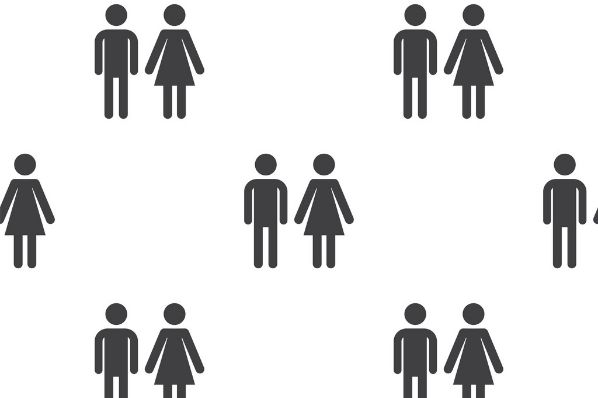Most videos that string together clips of people struggling to answer what should be easy questions are meant to make us laugh. And certainly, this new video from the Family Policy Institute showing college students stumbling to answer the question, “Is there a difference between men and women?” is good for a chuckle. Yet there are larger messages too, about a culture that seems to want to obscure inconvenient truths and a politically-correct campus environment that’s hindering, not helping, students prepare for the real world.
We can give the students in the video a little benefit of the doubt. The interviewer starts the conversation by referencing the whole transgender bathroom facilities brouhaha, so perhaps they assume that the interviewer is looking for something deeper than the obvious anatomical differences between boys and girls. It’s still notable, however, that these college students ignore such fundamentals entirely.
After all, the differences in observable parts that everyone masters by preschool manifest in many other aspects of life. These students might have mentioned, for example, that women are designed to incubate babies, while men aren’t, which has profoundly affected our roles in families and society. One would think that women’s studies majors would have had plenty to say on such a topic. The students might also have noted that, generally speaking, men tend to be physically bigger, stronger and faster than women, which also has had a big impact on history, even if it is less important in today’s technologically sophisticated world.
Yet none of this is mentioned, and instead the students focus almost exclusively on the idea that gender is a “social construct” unnecessarily imposed on people. This isn’t just silly. It’s dangerous. Society should be concerned if girls and young women are oblivious to men’s innate physical advantages. Today’s movies and television programs routinely feature 100-pound female warriors who level men twice their size with a single kick. Older generations get that this is just cartoonish fantasy, but this isn’t always obvious to girls and young women.
My ten-year-old daughter was insulted when her gym class was divided into boys and girls. I explained that around her age, boys start becoming stronger and faster, so it’s generally better and fairer for girls to compete against girls and boys against boys. But she’d drunk enough girl power Kool Aid not to want to accept such inconvenient facts of life. I reassured her that this didn’t make men “better” than women, necessarily, but explains why Dad tends to carry the heavier suitcases and why there are usually boys’ or girls’ teams, since otherwise, boys would tend to dominate.
Presumably she’ll come to understand this on her own, but recognizing the differences between men and women, particularly differences in physical strength, has implications that stretch far beyond gym class. People who are truly concerned about minimizing violence against women ought to consider how the denial of physical differences, like strength, may leave women more vulnerable. It’s important for young women to know that the average man can overpower the average woman—which means that women should be careful not to put themselves in situations where this advantage can be abused.
Beyond showcasing the needlessly confused answers about gender identity, this video also speaks to the success of colleges in imparting their moral code to their students more broadly. What stands out most about this video is that these students are clearly focused not so much on answering the question as signaling that they are committed to diversity and to accepting students who are transgendered or do not fall neatly into those traditional categories of “boy” and “girl.” Several use the term “social construct” and parrot lines that sound as if they are lifted from a diversity-awareness seminar that warned them about the prevailing culture’s inappropriate creation of expectations that needlessly squelch individual self-expression and self-realization. Those students who admit that they do recognize sex differences—such as that they know that the interviewer is a man—seem to want to apologize for making such limiting inferences.
The students’ desire to show that they are committed to diversity, ironically, lends a Stepford-wife-like quality to their answers, which are filled with politically correct buzzwords. The eager glances they offer the interviewer, as if hoping for validation once they’ve succeeded in displaying their P.C. bona fides, is also noticeable. This hardly seems evidence of a true commitment to diversity or free thinking, but rather speaks to a campus culture where the primary purpose is fostering a politically-correct world view in which one must reject old categories like male and female. Colleges may not be having much success in teaching marketable skills like writing and mathematics, but in the P.C. arena, at least, colleges are a smashing success.


